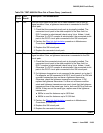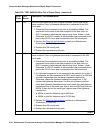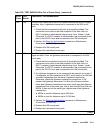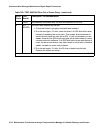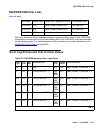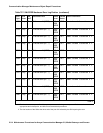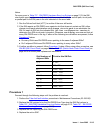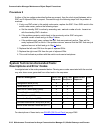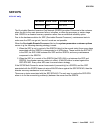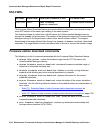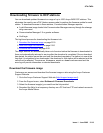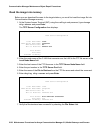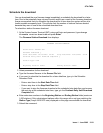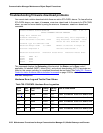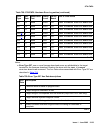
SRP-EPN
Issue 1 June 2005 2117
SRP-EPN
S8700 MC only
The Survivable Remote Expansion Port Network (SREPN) provides PN service to the customer
when the link to the main processor fails or is broken, or when the processor or center stage
fails. SREPN is a disaster recovery operation rather than an additional reliability option.
Due to the hardware solution for SRP (Survivable Remote Processor), maintenance tests to
make sure the SRP can go into “survive” mode are not possible.
When the Survivable Remote Processor field on the system-parameters customer-options
screen is y, the following alarming strategy is used:
1. When the SRP is not in control of the SREPN (which is the normal state), then every alarm
associated with the SREPN is downgraded to a WRN alarm. These include the EXP-INTF
in the SRP, the EXP-LINK between the SRP and the SREPN, and every maintenance
component in the SREPN.
2. When the SRP is in control of the SREPN (the EXP-LINK is up between the SRP and
SREPN), the disaster recovery state is in effect. A MAJOR alarm is raised against the
SRP-EPN MO. Every other MO uses its normal alarm strategy.
If the S8700 Multi-Connect’s server loses control (connectivity) to a SREPN, and the SRP
associated with the SREPN does not raise a MAJOR alarm against the SRP-EPN MO, then the
disaster recovery mechanism is not working.
There are no tests associated with the SRP-EPN MO. The only way to resolve the SRP-EPN
alarm is to fix the connectivity problem(s) between the server and the SREPN.
MO Name Alarm Level Full Name of MO
SRP-EPN MAJ SRP-EPN



